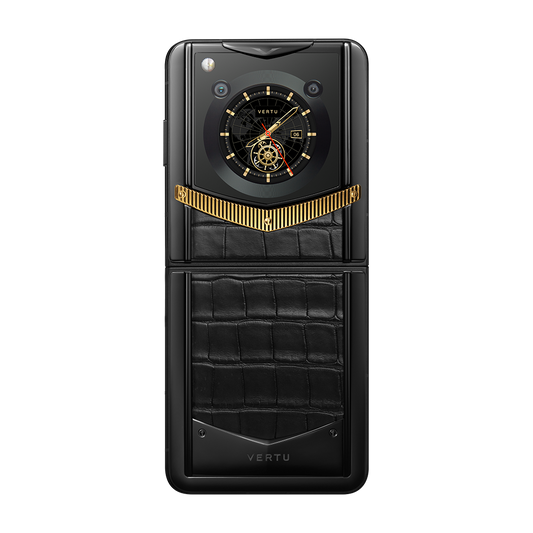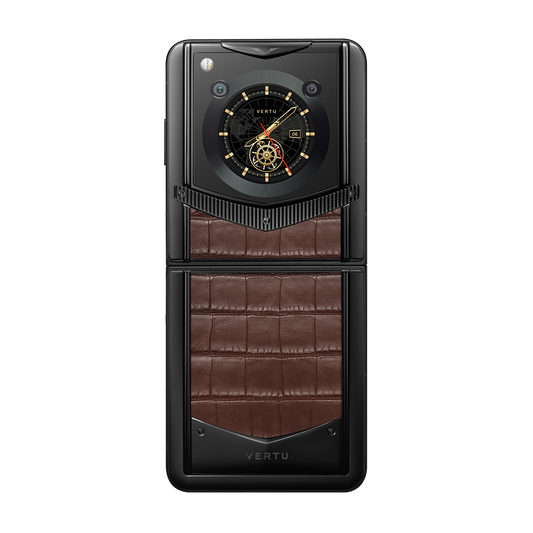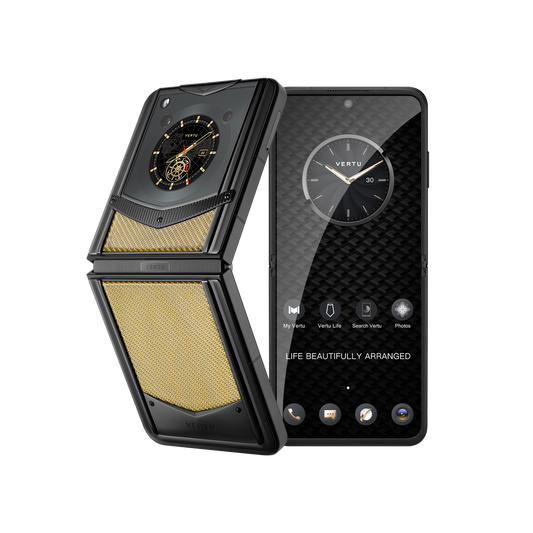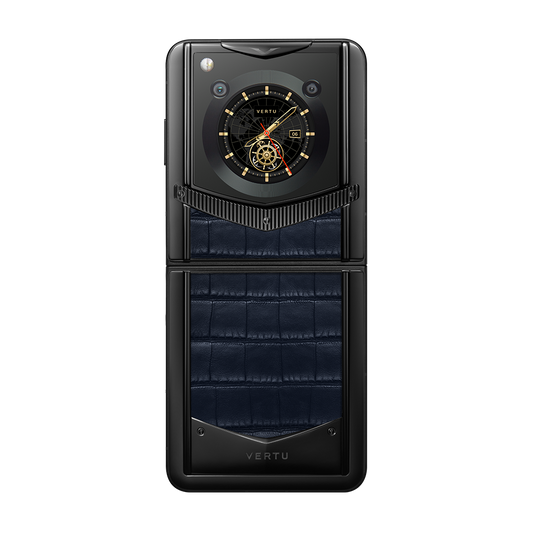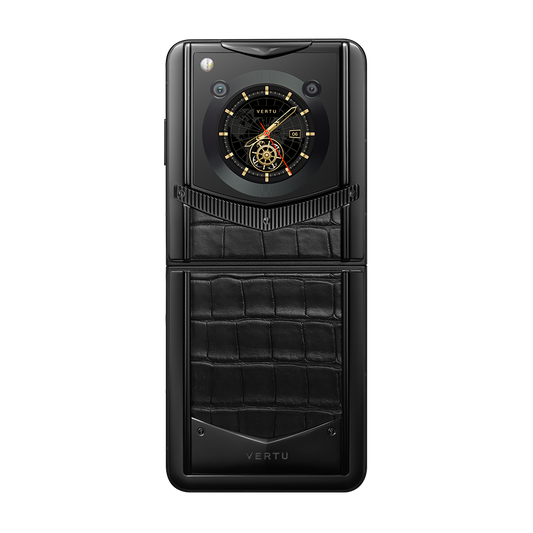As more and more young people join the trend, what other fashion chances exist for gold jewelry?

If 2023 is hailed as the year of the pearl, then 2024 will undoubtedly be a high point for gold jewellery.
Since the beginning of 2024, the price of gold has reached record highs, fuelled by macro factors such as wars and economic policies, triggering a gold consumption boom. Data indicates that from 2016 to 2021, the proportion of gold buyers aged 25 to 34 has increased significantly, from 16% to 59%. This age group has become the primary consumer of gold. This shift reflects a fundamental change in the way young people think about jewellery consumption.
Previously, young people were more inclined to purchase diamonds and coloured gemstones. However, with their gradual recognition of the high brand premium of diamond jewellery, low value retention rate and other issues, young people began to turn their attention to gold jewellery. Gold jewellery not only has the natural function of preserving value, but also has the beauty of wearing. In the face of rising gold prices, young people are increasingly considering gold jewellery as a cost-effective consumer investment option.
In the current landscape of jewellery consumption, jewellery has evolved beyond its traditional role as a mere decorative item. It has become a significant means of expressing one's personality and personal style. Gold jewellery is increasingly being selected by women as a means of self-treatment and emotional value realisation due to its intrinsic value. Modern women are no longer purchasing gold jewellery to please others; they are doing so to affirm their self-worth. This consumer behaviour gives them a sense of "worthiness". The combination of gold jewellery and metaphysics provides a further incentive for young people to purchase gold jewellery. Furthermore, the sense of accomplishment that some consumers derive from purchasing gold jewellery is derived from the financial wisdom of "saving money". With a deeper understanding of gold consumption, an increasing number of young people are opting to purchase gold bullion at the bank first, and then visit a gold processing shop to personalise their bespoke jewellery. In comparison to the traditional counter purchase, the gold bullion plus gold beating option offers significant cost savings.
A review of the current situation in the gold jewellery market reveals that many gold accessories brands have adopted a homogenised marketing strategy and style design in order to cater to public aesthetics. This makes it challenging for consumers to distinguish the unique characteristics of different brands when they are in-store. This homogenisation phenomenon represents a significant challenge for gold brands. However, in order to attract younger consumers, brands must enhance the emotional value and personalised expression of their products through innovation.
In the jewellery sector, diamond jewellery brands appear to have mastered the "metaphysical code" in order to attract consumers. Gold jewellery also has its own unique cultural and emotional value. It is not only the carrier of consumers' emotions, but also the materialised expression of their inner desires. Irrespective of whether the brand is traditional or independent, the product is often not aligned with the gram pricing, with a focus on handmade premium pieces. In the future, the success of gold jewellery brands will depend not only on design innovation and exquisite craftsmanship, but also on their ability to establish a deep cultural and emotional connection with users through products, digital marketing, in order to enhance the brand's intrinsic value and market premium. This will be a crucial area for many gold jewellery merchants to investigate in depth.









